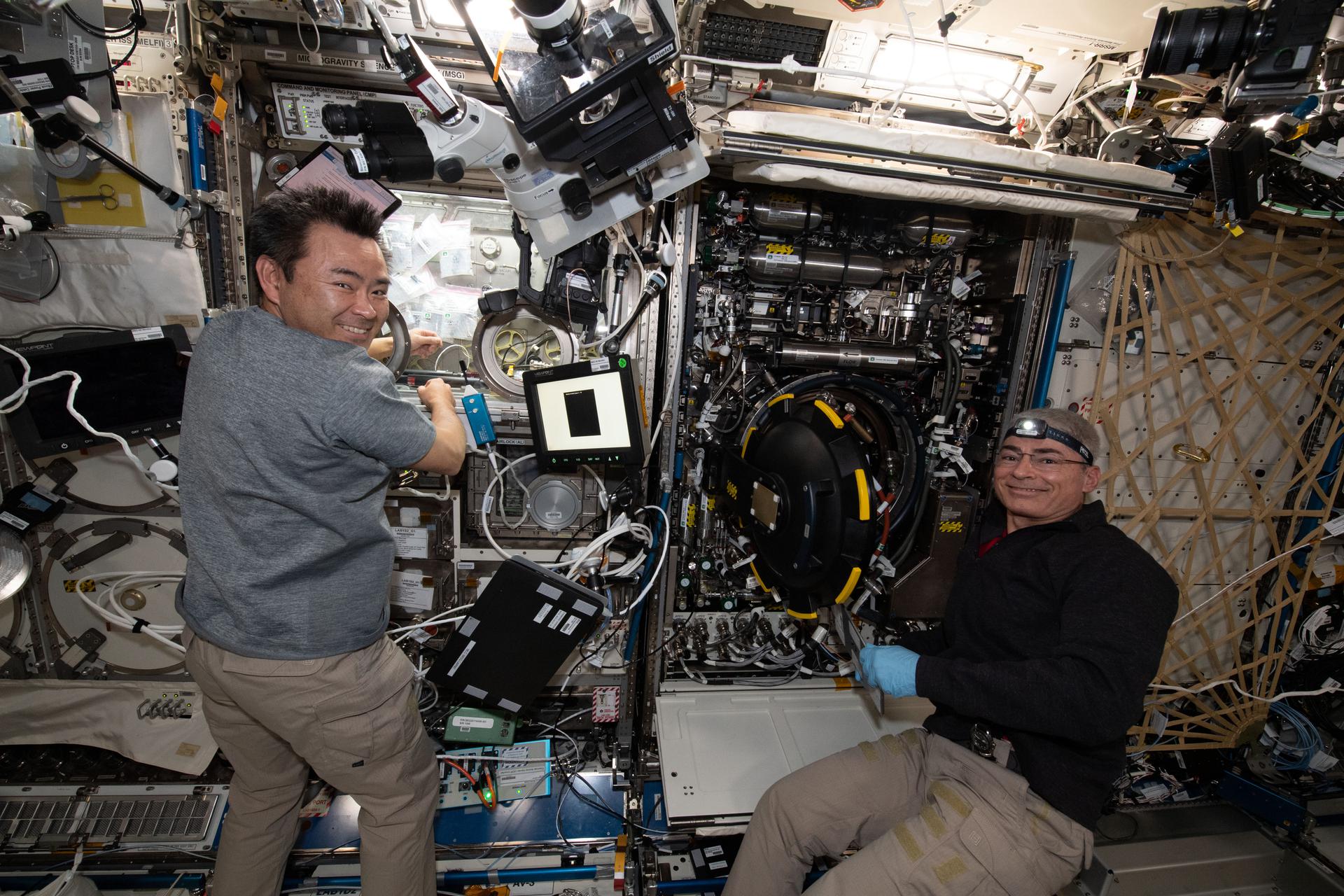
Editor’s Note: This advisory was updated July 27, 2021, to update the agencies responsible for the Blob educational project.
Editor’s Note: This advisory was updated July 26, 2021, to update the affiliation for Michael Snyder.
NASA will host a media teleconference at 1 p.m. EDT Monday, Aug. 2, to discuss science investigations and technology demonstrations launching on Northrop Grumman’s 16th commercial resupply mission for the agency to the International Space Station.
Audio of the teleconference will be streamed live online at:
Northrop Grumman is targeting no earlier than 5:56 p.m. Tuesday, Aug. 10, for the launch of its Cygnus spacecraft on an Antares rocket from the Mid-Atlantic Regional Spaceport’s pad 0A at NASA’s Wallops Flight Facility on Wallops Island, Virginia. The Cygnus spacecraft will carry crew supplies, scientific research, and hardware to the orbiting laboratory to support the Expedition 65 crew.
To participate in the teleconference, media must contact Stephanie Schierholz at: 202-358-4997 or stephanie.schierholz@nasa.gov by 9 a.m. EDT Monday, Aug. 2, for dial-in information.
Questions also can be submitted on social media using #AskNASA.
Bryan Dansberry, program scientist for the International Space Station Program at NASA’s Johnson Space Center in Houston, will provide an overview of the research and technology aboard the Cygnus spacecraft.
Also participating in the briefing are:
- Michael Snyder, chief technology officer at Redwire, who will discuss the Redwire Regolith Print study, which demonstrates 3D printing in space using a material simulating rock and soil found on the surfaces of planetary bodies, such as the Moon.
- Dr. Ngan F. Huang, assistant professor of cardiothoracic surgery at Stanford University and principal investigator of Cardinal Muscle, who will discuss this investigation to evaluate whether engineered human muscle cells cultured in microgravity are a valid model for studying muscle loss.
- Donnie McCaghren, project manager at NASA’s Marshall Spaceflight Center in Huntsville, Alabama, and Michael Salopek of Johnson, co-investigator, will talk about a new spacecraft carbon dioxide removal technology about how this demonstration could help future explorers on the Moon and Mars breathe more easily.
- Dr. Audrey Dussutour, director of research at the French National Center for Scientific Research (Centre National de la Recherche Scientifique, CNRS), slime mold specialist and principal investigator, who will discuss Blob, a CNES (French Space agency) educational project in partnership with CNRS and ESA (European Space Agency), which will allow students to see how slime molds’ behavior is affected by microgravity.
- Nancy Hall, project manager of the Flow Boiling and Condensation Experiment (FBCE), and Issam Mudawar, director of the Purdue University Boiling and Two-Phase Flow Laboratory and principal investigator, will discuss the importance of this fluid physics technology for future missions to the Moon and Mars.
- Dr. Alexandre Martin, professor of mechanical engineering at the University of Kentucky and principal investigator of KREPE, and John Schmidt, mechanical engineering graduate student at the University of Kentucky. KREPE will test an affordable thermal protection system, also known as a heat shield, deploying when Cygnus re-enters the atmosphere at the conclusion of its mission.
High-resolution photos and videos of the research that will be discussed are available for download at:
https://images.nasa.gov/album/Northrop_Grumman_CRS-16_Science
Cargo resupply from U.S. companies ensures a national capability to deliver critical science research to the space station, significantly increasing NASA’s ability to conduct new investigations at the only laboratory in space.
The International Space Station is a convergence of science, technology, and human innovation that demonstrates new technologies and enables research not possible on Earth. NASA recently celebrated 20 years of continuous human presence aboard the orbiting laboratory, which has hosted 243 people and a variety of international and commercial spacecraft. The space station remains the springboard to NASA’s next great leap in exploration, including future human missions to the Moon and eventually to Mars.
Members of the public can attend the launch virtually, receiving mission updates and opportunities normally reserved for on-site guests. To participate, members of the public can register for email updates to stay up to date on mission information, mission highlights, and interaction opportunities.
For launch countdown coverage, NASA’s launch blog, and more information about the mission, visit:
https://www.nasa.gov/northropgrumman
-end-
Stephanie Schierholz
Headquarters, Washington
202-358-4997
stephanie.schierholz@nasa.gov
Leah Cheshier
Johnson Space Center, Houston
281-483-5111
leah.d.cheshier@nasa.gov


























